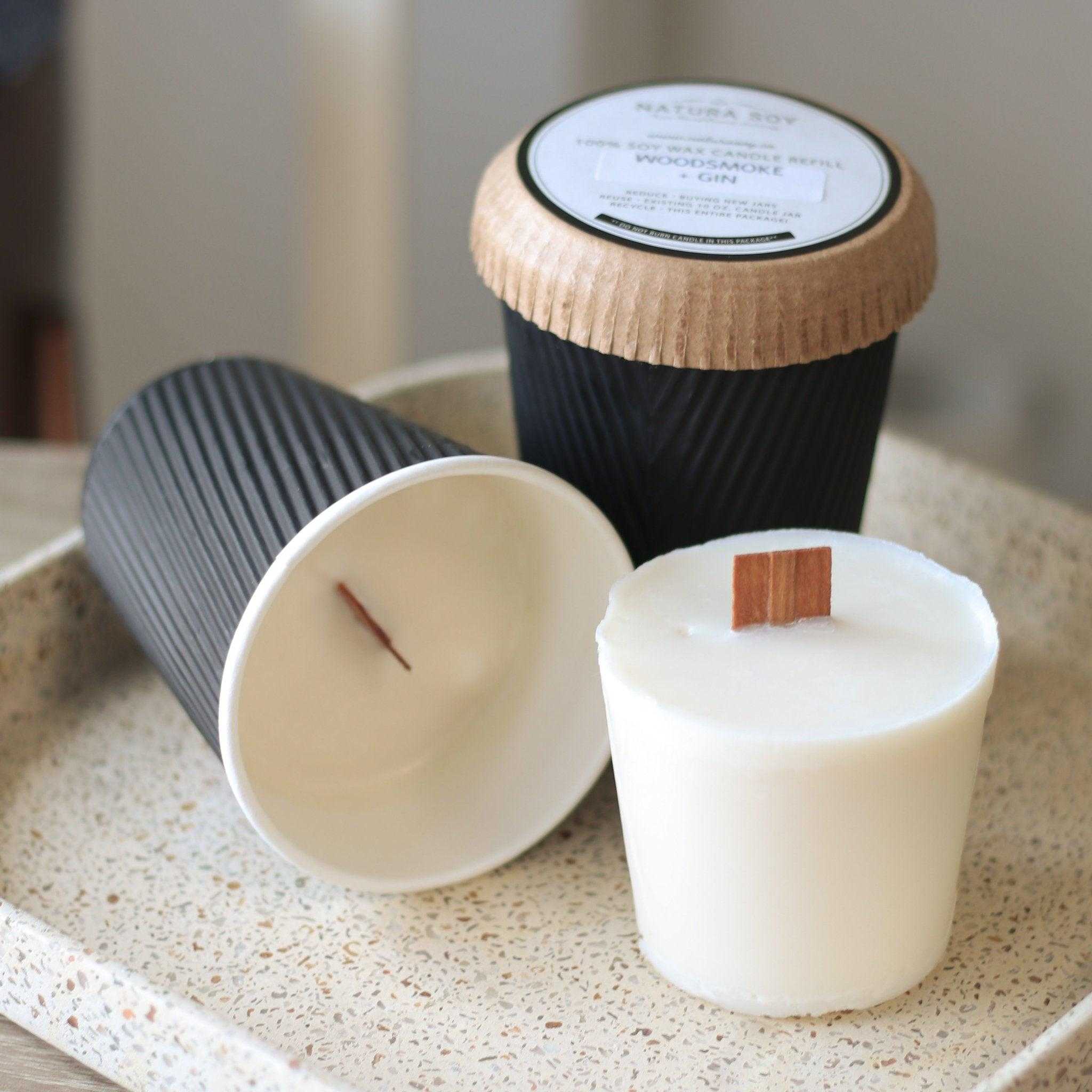Introduction: The Art of Candle Recycling
Candles are more than just sources of light; they’re symbols of ambiance, relaxation, and comfort. However, once the wick burns out, many people toss the candle away, unaware that the wax still holds value. In this guide, we’ll explore the art of candle revival, showing you how to reuse wax without a wick in simple, creative ways.
Understanding Candle Wax
Before we delve into the process of reusing wax, it’s essential to understand the different types commonly used in candles. Paraffin wax, soy wax, beeswax, and even coconut wax are among the most popular. Each type has its unique characteristics, such as burn time, fragrance retention, and eco-friendliness. Knowing the type of wax you’re working with can help determine the best methods for reuse.
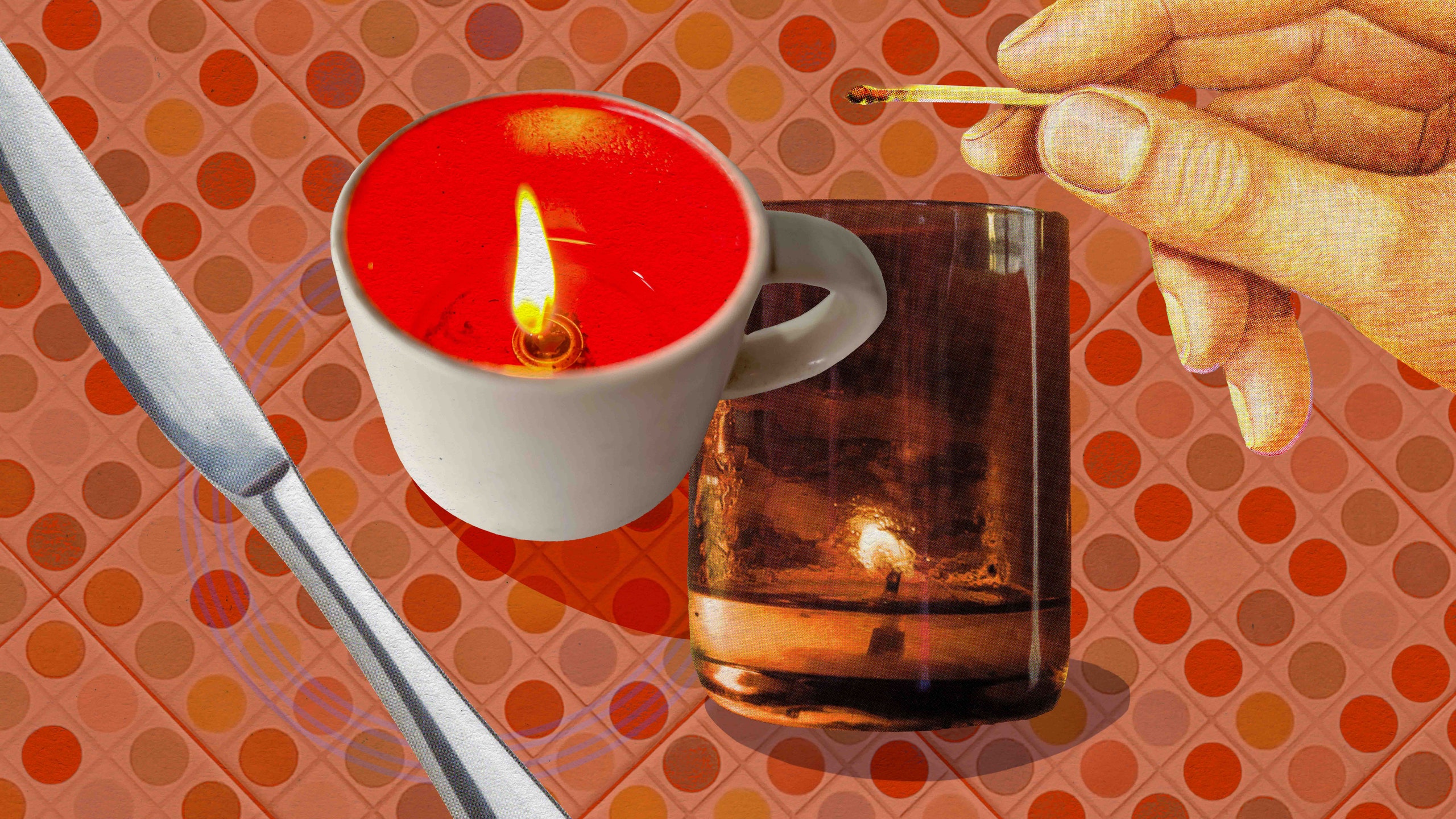
Collecting Used Candle Wax
The first step in candle revival is to collect used candle wax. Instead of discarding candles once the wick is gone, save them for reuse. You can collect wax remnants from various sources, including burned-down candles, wax melts, and even unscented tealights. Store the collected wax in a container, separating different types if necessary, until you’re ready to recycle them.
Melting and Filtering the Wax
Once you’ve amassed a sufficient amount of used wax, it’s time to prepare it for reuse. Begin by melting the wax in a double boiler or a makeshift setup using a heatproof container placed in a pot of boiling water. As the wax melts, impurities such as burnt wick fragments and dust will rise to the surface. To remove these impurities, carefully pour the melted wax through a fine mesh strainer or cheesecloth into a clean container.
Adding Fragrance and Color
One of the joys of candle revival is the opportunity to customize the wax to your liking. Whether you prefer soothing lavender, invigorating citrus, or festive cinnamon spice, you can easily add fragrance oils to the melted wax to create your signature scent. Likewise, if you desire a pop of color, consider incorporating dye chips or crayons into the melted wax, stirring until the desired hue is achieved.
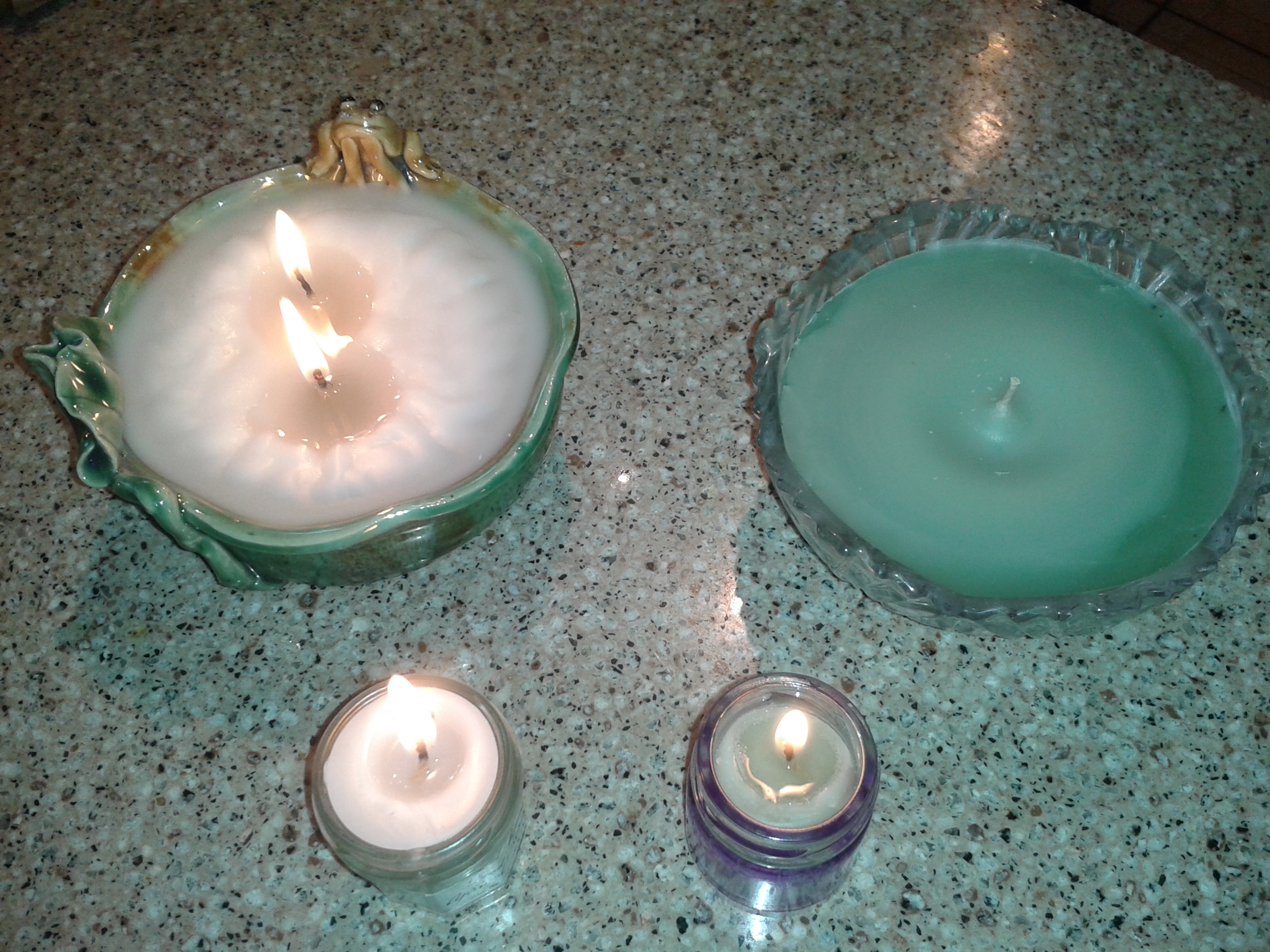
Molding the Recycled Wax
With your customized wax ready, it’s time to mold it into new shapes. You can use various containers and molds to create candles of different sizes and styles. Mason jars, tea cups, and silicone molds are popular choices for DIY candle-making. Before pouring the wax into the molds, ensure they are clean and dry, and consider placing a pre-tabbed wick at the center if desired.
Experimenting with Layered and Marbled Designs
Candle revival offers endless possibilities for creativity, including experimenting with layered and marbled designs. To create layered candles, pour different-colored wax layers into the mold one at a time, allowing each layer to cool and harden before adding the next. For marbled effects, gently swirl contrasting colors of melted wax together in the mold using a skewer or toothpick before allowing it to set.
Exploring Alternative Uses
While candles are the most common use for recycled wax, they’re not the only option. Get creative and explore alternative uses for your revitalized wax. You can use it to make homemade fire starters, wax sachets for scenting drawers and closets, or even as a sealant for envelopes and jars. The possibilities are limited only by your imagination.
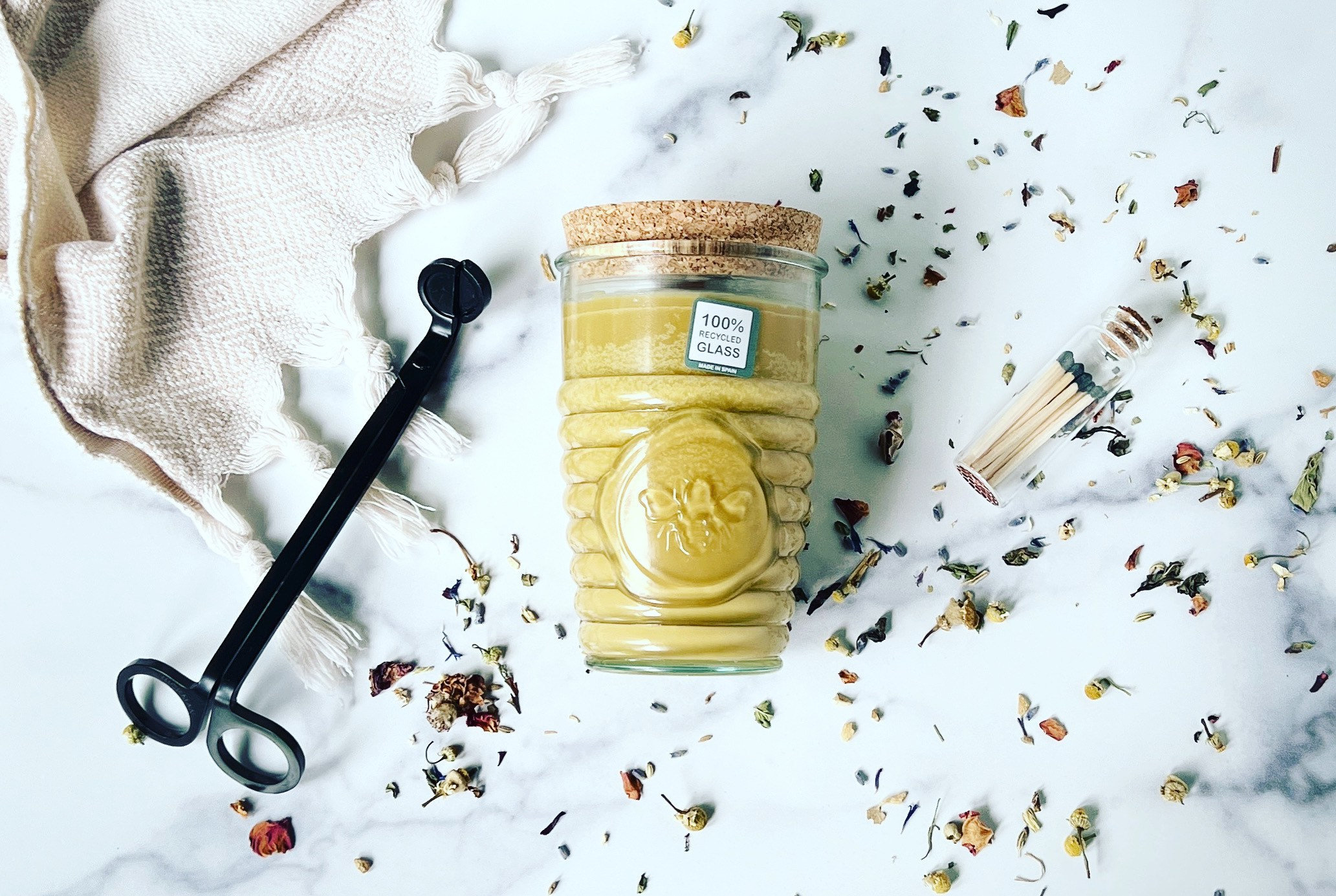
Embracing Sustainability
In addition to the creative and practical benefits, candle revival also aligns with sustainability principles by reducing waste and extending the lifespan of materials. By repurposing used wax, you’re contributing to a more eco-friendly lifestyle and minimizing your environmental footprint. Plus, homemade candles make thoughtful gifts for friends and family, further spreading the message of sustainability.
Choosing Sustainable Ingredients
The foundation of eco-friendly candle making lies in the choice of ingredients. Opt for natural waxes such as soy wax, beeswax, or coconut wax, which are renewable, biodegradable, and emit fewer toxins when burned compared to paraffin wax. For fragrance, use essential oils derived from plants rather than synthetic fragrances, ensuring a cleaner burn and a more natural scent experience.
Embracing Natural Dyes
Incorporating color into your eco-friendly candles can be done using natural dyes sourced from plants, fruits, and minerals. For example, beetroot powder creates a beautiful pink hue, while turmeric yields a vibrant yellow. Experiment with different natural dyes to achieve the desired colors, knowing that you’re avoiding the synthetic dyes and chemicals found in conventional candles.
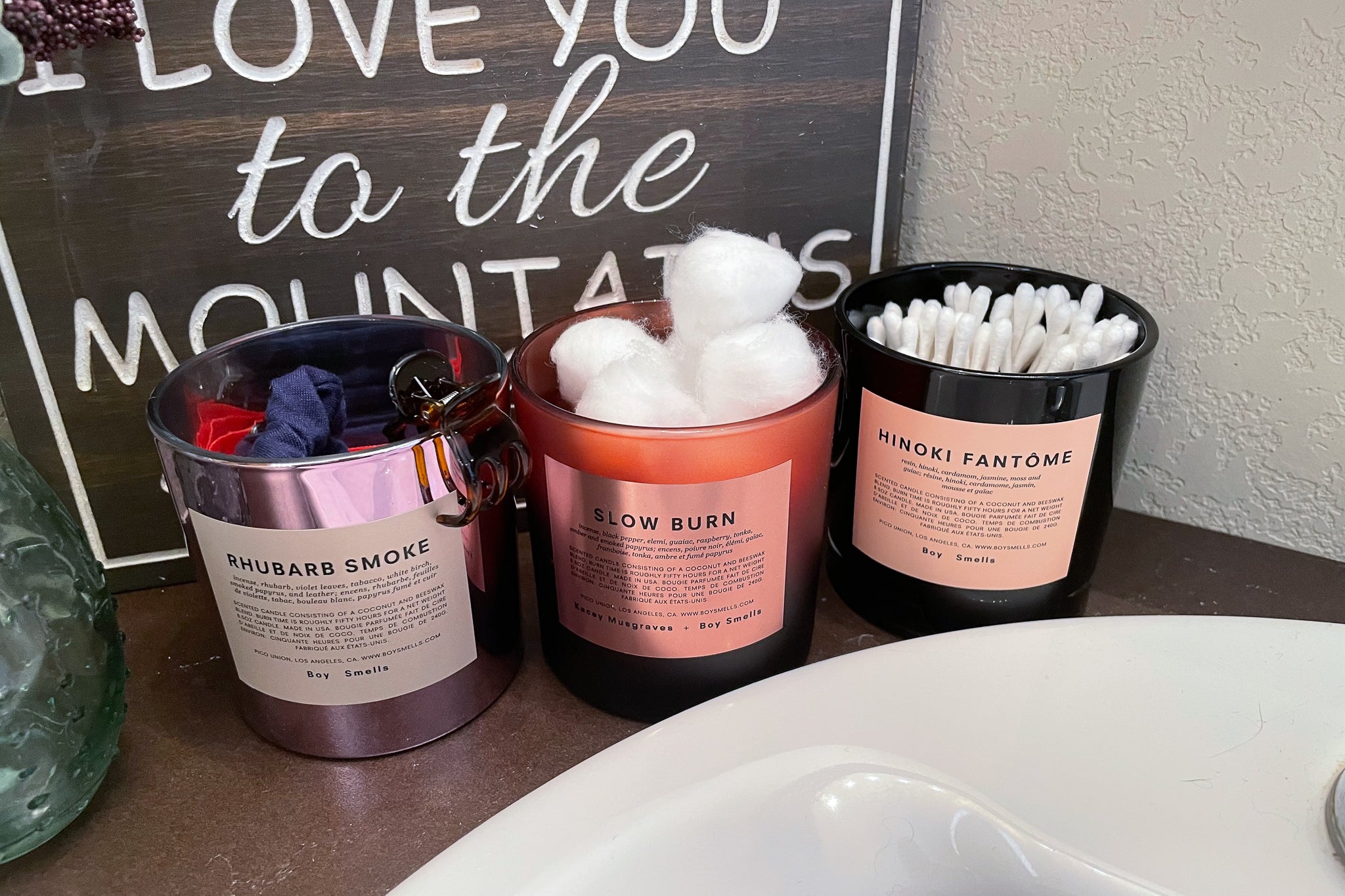
Sustainable Wick Options
Even the wick you choose can impact the sustainability of your candles. Opt for wicks made from natural materials such as cotton or hemp, free from lead and other harmful additives. Consider using pre-tabbed wicks to simplify the candle-making process while ensuring a clean and steady burn.
Eco-Friendly Packaging
The eco-friendliness of your candles extends beyond the ingredients to the packaging. Choose packaging materials that are recyclable or biodegradable, such as glass jars, metal tins, or recycled paper boxes. Minimize excess packaging and consider offering refill options to encourage customers to reuse containers.
Educating Consumers
As a maker of eco-friendly candles, it’s essential to educate consumers about the benefits of choosing sustainable options. Highlight the environmental advantages of natural ingredients, the importance of supporting renewable resources, and the impact of conscious consumer choices on the planet. By raising awareness, you can inspire others to join the green revolution of candle making.
Trimming the Wick
Before lighting your candle, always trim the wick to a quarter of an inch to prevent excessive smoking and uneven burning. Long wicks can cause the flame to flicker excessively and produce soot, while short wicks may drown in the wax. A properly trimmed wick promotes a steady, clean burn and extends the life of your candle.
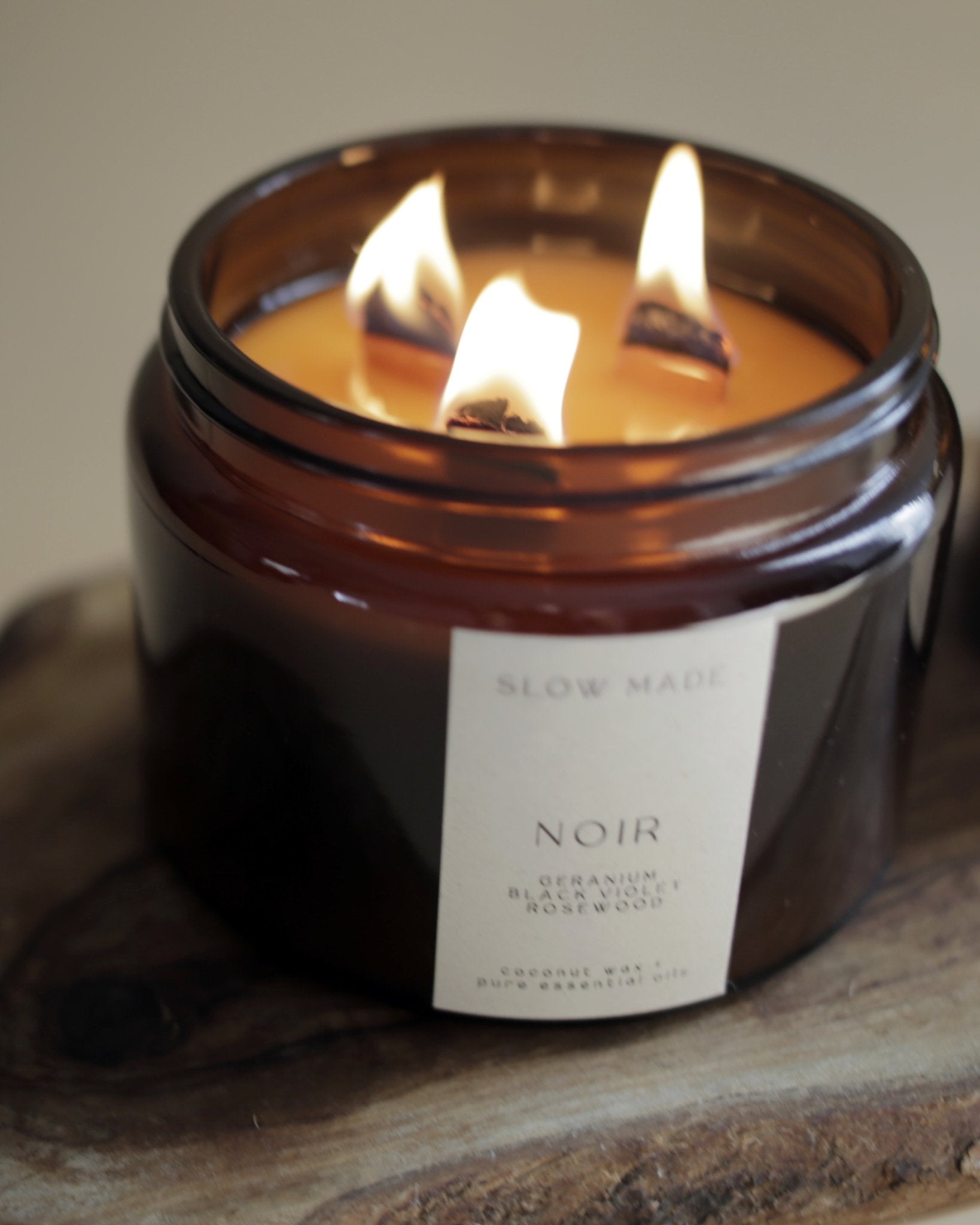
Avoiding Tunneling
To prevent tunneling—a common issue where the wax burns down the center, leaving a thick outer rim—ensure that the first burn of your candle lasts long enough to melt the wax evenly across the entire surface. This sets the “memory” of the wax, preventing future tunneling and maximizing the burn time of the candle.
Managing Drafts
Drafts from open windows, fans, or air vents can disrupt the flame of your candle, causing it to flicker excessively or burn unevenly. To minimize the impact of drafts, place your candle in a draft-free location away from airflow sources. If necessary, use a candle snuffer to extinguish the flame rather than blowing it out, which can create drafts.
Conclusion: The Endless Possibilities of Candle Revival
In conclusion, candle revival offers a simple yet rewarding way to reuse wax without a wick. By collecting used wax, melting and filtering it, adding fragrance and color, molding it into new shapes, and experimenting with designs, you can breathe new life into old candles while expressing your creativity. Whether you’re making candles for yourself or sharing them with others, embrace the art of candle revival and discover the endless possibilities it holds.





